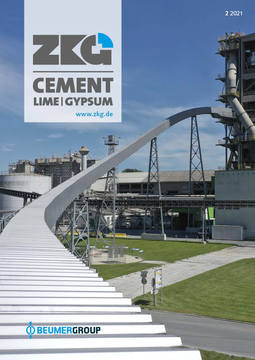Facts and figures
Dear readers,
A lot of facts and figures come at us, not least in the daily report of the “Tagesschau”, a German news program. But what do the figures tell us, how can we interpret them? Do the statements that can be derived from them amaze us? Sometimes it is generally difficult to compare and interpret the figures. Do statistics have to be questioned? This problem exists in many areas. Uniform, well-maintained databases can help. A fact that may surprise people unfamiliar with the subject, the species diversity in a quarry is often significantly higher after the end of excavation work than before it began (see article from p. 20 – the photos in this article are also worth a look!). This is proven by the biodiversity database of the Baden-Württemberg Stone and Earth Industry Association (ISTE). And the more independent data enters a database, the more meaningful the resulting data. In the already mentioned database, data is collected before, during and after the completion of excavation. The project, which was started by the ISTE in Baden-Württemberg, is now to be used nationwide. Among other things, these databases will help in the evaluation of approval procedures.
Compliance with legal requirements for exhaust gases is an exciting topic, with ever lower NOx, CO and VOC values being demanded. In order to stay one step ahead of these future developments to protect the environment, Jura-Cement-Fabriken AG in Wildegg/Switzerland is using the country‘s first regenerative thermal oxidation (RTO) plant as the main stage of exhaust gas cleaning (p. 22). This will enable the cement manufacturer’s plant to comply with significantly lower clean gas values in the future.
This issue of ZKG Cement Lime Gypsum offers you further exciting developments, and we wish you many interesting insights.
Dr. Petra Strunk
Editor-in-Chief





